Fly fishing is about as much fun as you can have on the water. But, it’s also difficult. Just mastering your cast and being able to get a fly in the water is hard enough, not to mention tricking a fish into sipping your fly. As anglers, we can get so focused on the technique, gear, and logistics, that we forget the basics of how to catch trout. And, that’s the whole point, right?
That’s why we’re here today. We’re not marketing anything or offering a secret hotspot with 30-inch brown trout. We’re just highlighting some bread and butter techniques for catching more fish, more consistently. Of course, it’s easier said than done, but this should be a great head start. Here are our five basic principles for how to catch trout.
Fish Where the Food Is
Step one: Don’t forget that you’re not a fish. Even if you think that little eddy or ripple looks amazing, it doesn’t really matter what you think—it matters what the fish thinks. And, as far as we know, fish are thinking about one thing 95 percent of the time and that’s a good meal. We’ve covered the basics of riverside entomology in another article, but just remember that you need to be thinking about food first and foremost.
As you approach a river or lake, be thinking about what the trout could be eating and the most energy-efficient way they can get to that food. Sure, they may be cruising around in rapids from time to time, but chances are they’re going to be in an adjacent area to the flow of food, like behind a rock near the flow of the stream. Or, like many brown trout in summer, they could be targeting insects that fall into the river, so you’ll want to target the banks. The point is this: If you want to know how to catch trout, know where they’re eating.
Don’t Be Afraid to Go Low
And that brings us to the next point. One of the most common mistakes we see new anglers make is not going deep enough with your flies. We’ve all seen A River Runs Through It. And yes, it’d be great to throw dries in Montana all day and look like Brad Pitt while we’re at it, but we live in reality and reality tells us that most trout eat deep. Deeper than you think.

Here’s a good rule of thumb: If you’re nymphing, you need to be snagging the bottom occasionally. If you’re not, then you’re probably floating your fly right over a hungry trout’s head. Put on heavier flies, more weight, and get that line lower in the water column. On the slow days when you just can’t buy a hit, running a few nymphs along the bottom in swift water is generally going to be your best option. When in doubt, go lower.
Keep a Low Profile
This is a tough one to learn because many times anglers don’t even know they’re making this mistake. But, here’s the truth: You’ve missed many trout because they weren’t there when you made your first cast. That first cast is your highest probability of catching a fish, but it was scared off when it heard a sasquatch trudging through the forest wearing a bright white shirt and blaring dubstep on its portable Bluetooth speaker.
Treat that first cast as a hot lottery ticket. This is your one chance to beat the house odds, as long as you can keep a low profile. So, approach a river slowly, wearing neutral colors, and focus on making that one perfect cast to that one perfect spot. It’s your best chance to get a hit and you don’t want to blow it before you even get to the water.
Practice Makes Perfect
And, speaking of a perfect cast, you need to have your stuff together. And this may seem like an obvious point, but we’re not just talking about roll casts and line drift. Also, it’s important to get used to being on the water and using your gear, tippet holders and all. It’s an overlooked part of angling, but the more time you spend drifting a fly and less time you spend dropping hemostats in the water, the better off you’ll be.
So, practice the art of being an angler. This definitely includes casting, but it also includes the entire process. Think of it as a domino effect. The more you do right and more comfortably, the better setup up you’ll be for the next cast, next drift, and next fish. If you want to learn how to catch trout, learn how to be out there doing it.
Flies in the Water
We hinted at this before, but it’s worth repeating: You can’t catch trout if your fly isn’t in the water. Every angler forgets this basic principle of how to catch trout, from the experienced guide to the plastic-on-the-grip beginner. Every time you put your fly in the water, you have a chance to get a strike from a trout, so the more times you get your fly in the water, the better your chances will be—it’s as simple as that.

So, when you’re on the water, don’t fret if you’re not catching trout. Just fish. If you’re constantly moving locations, changing flies, and asking your buddy what he’s throwing, that’s all time you’re not spending with your fly in the water. Pick a fly, cast it, and do it all over again. That’s a recipe for catching trout.


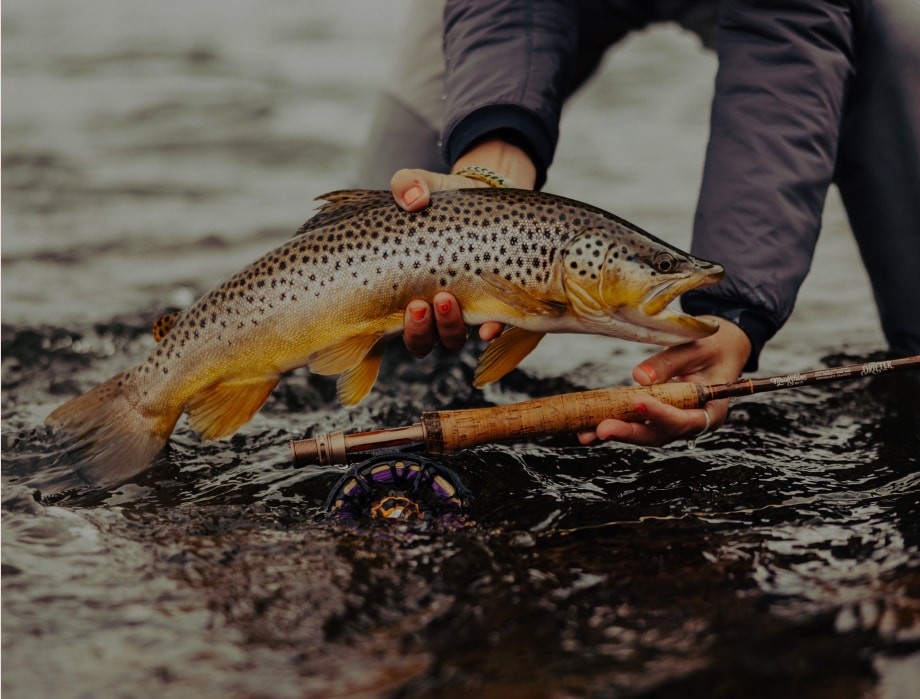
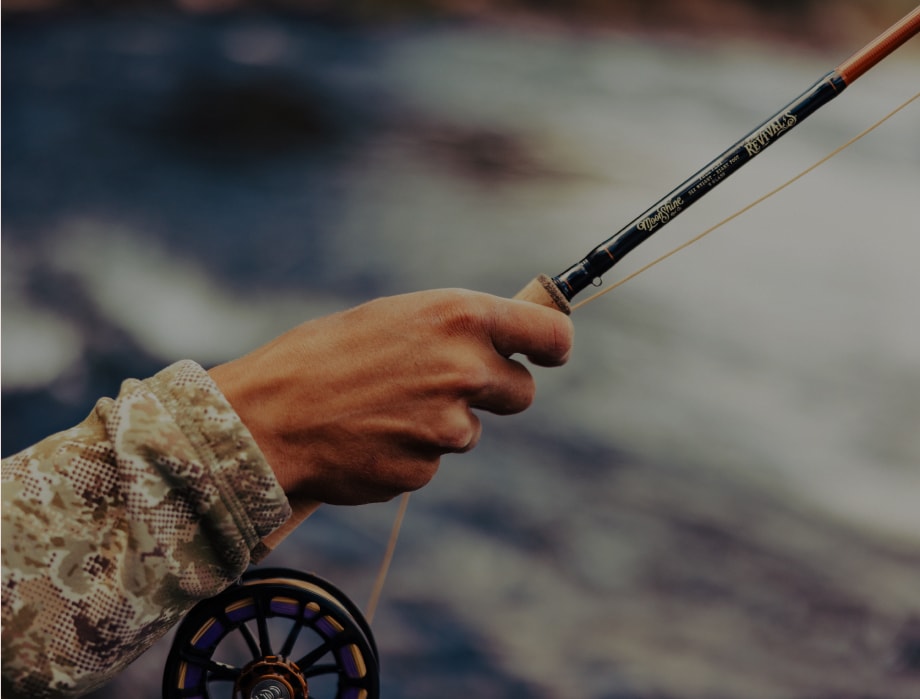
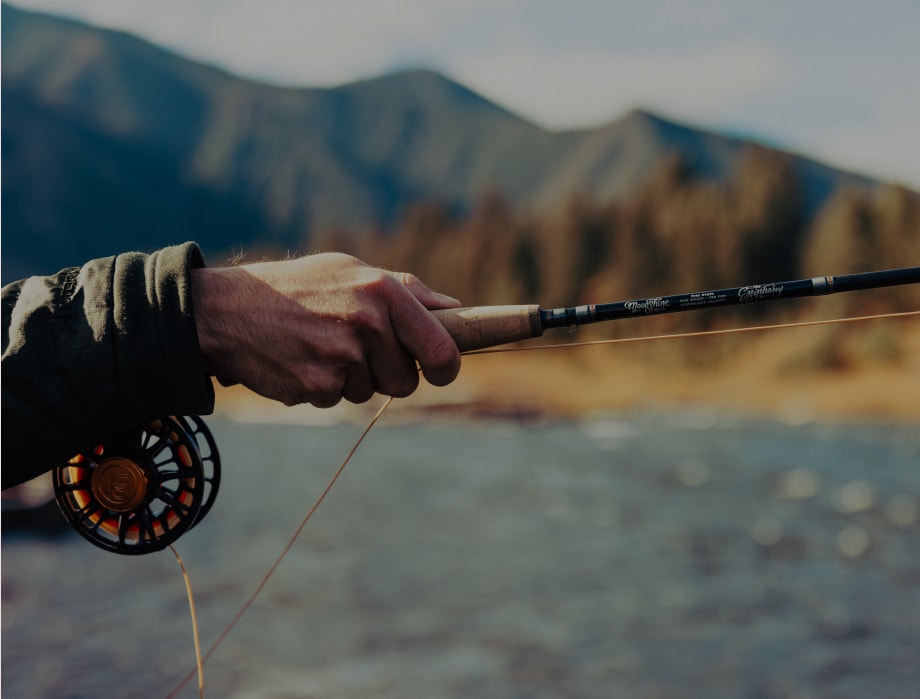
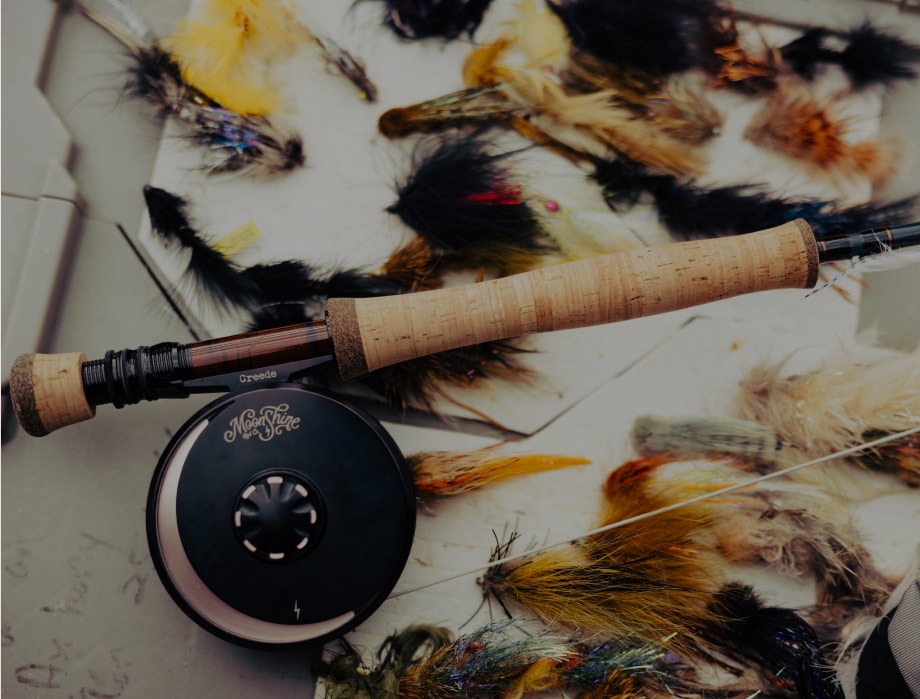
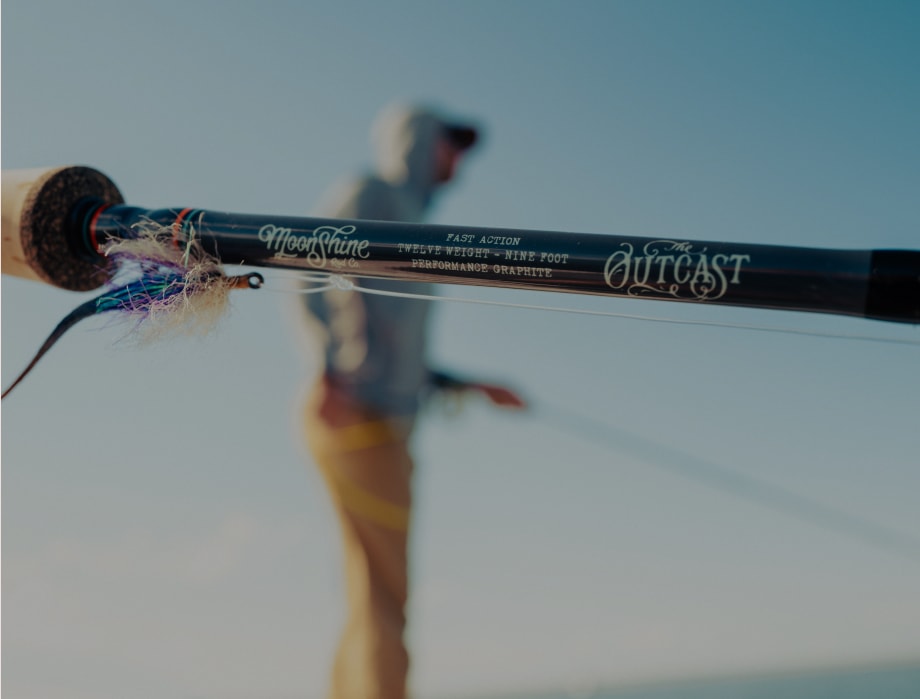
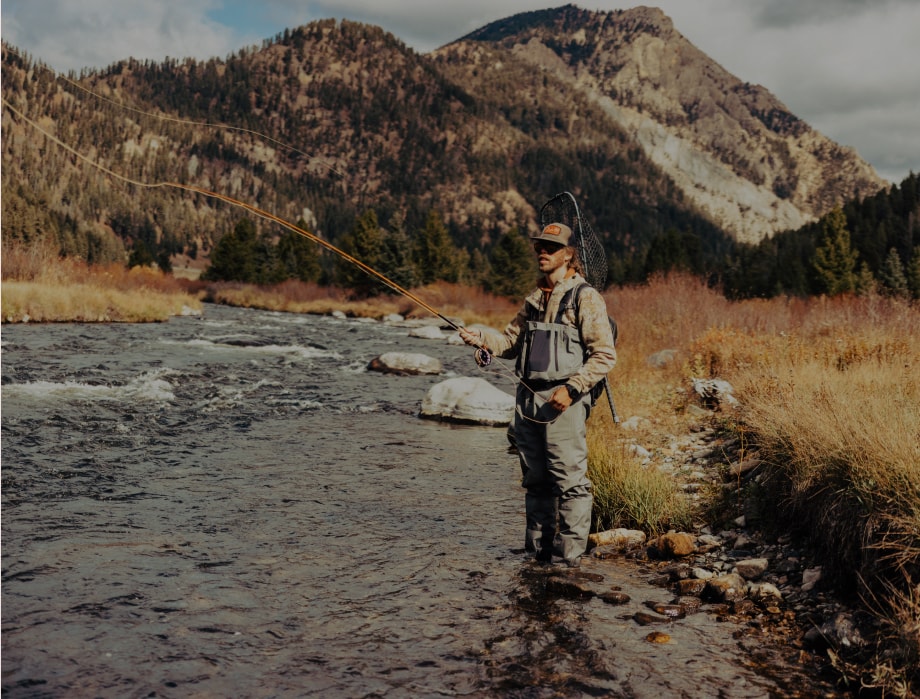
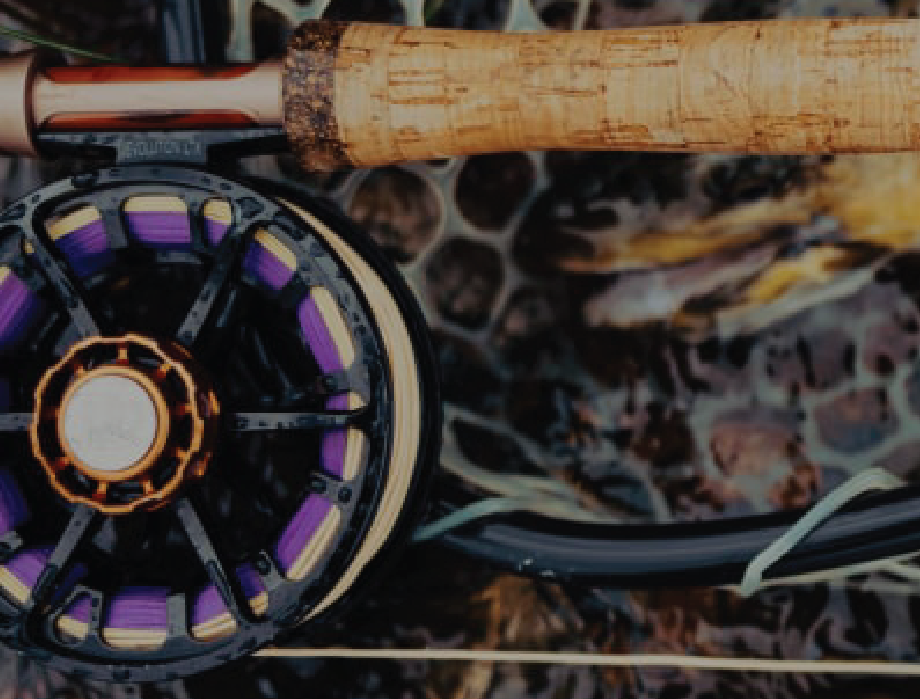
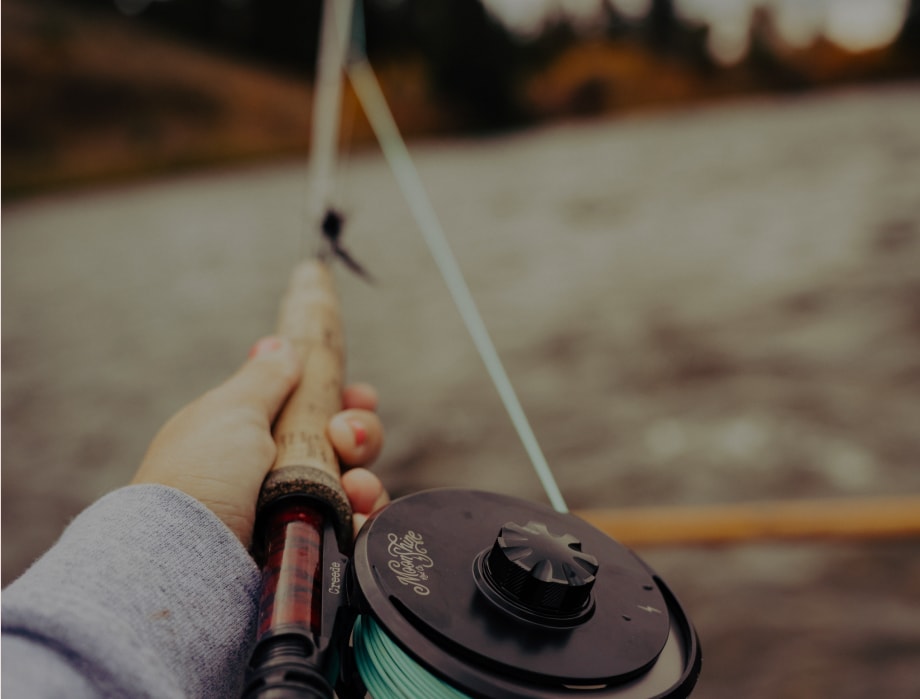


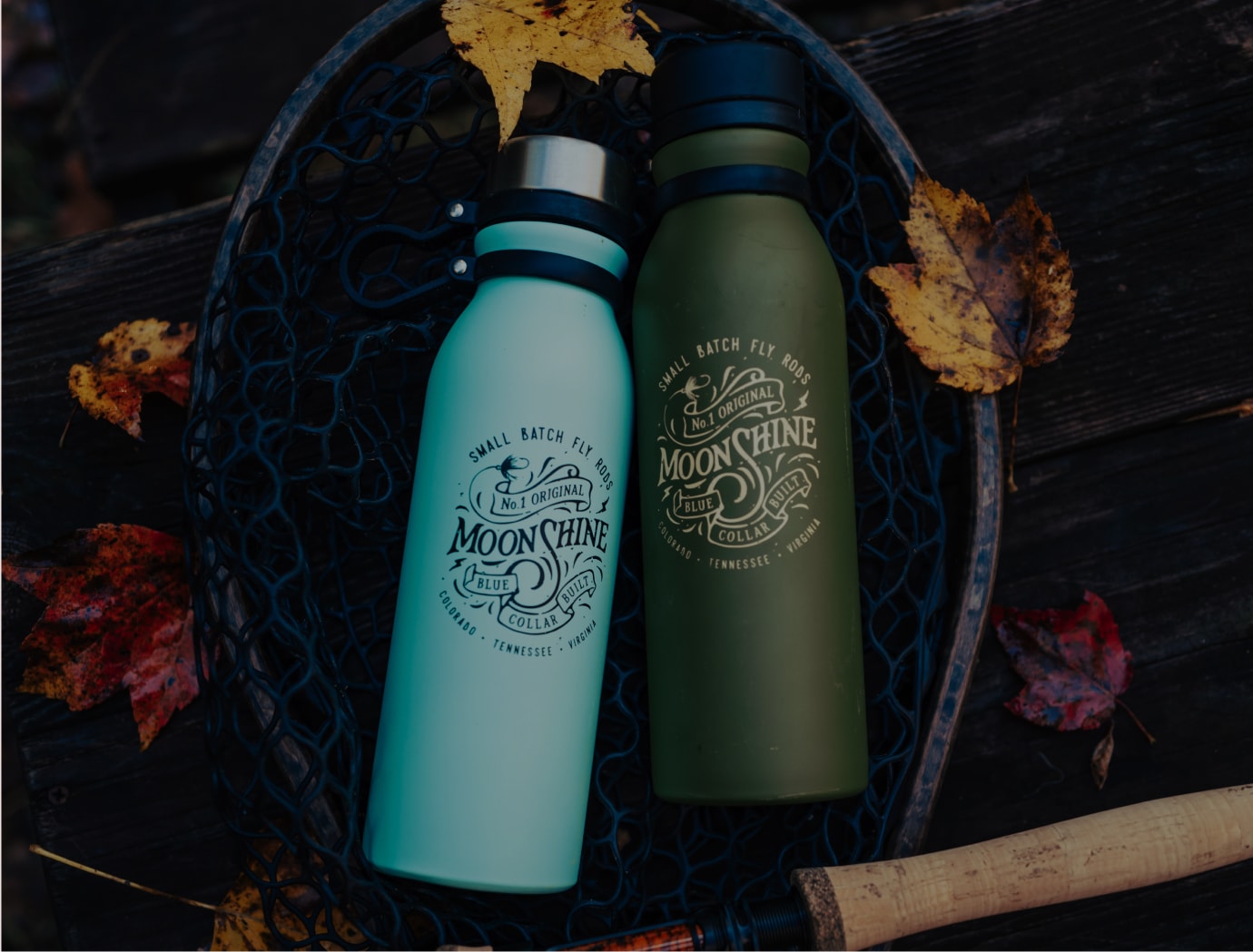

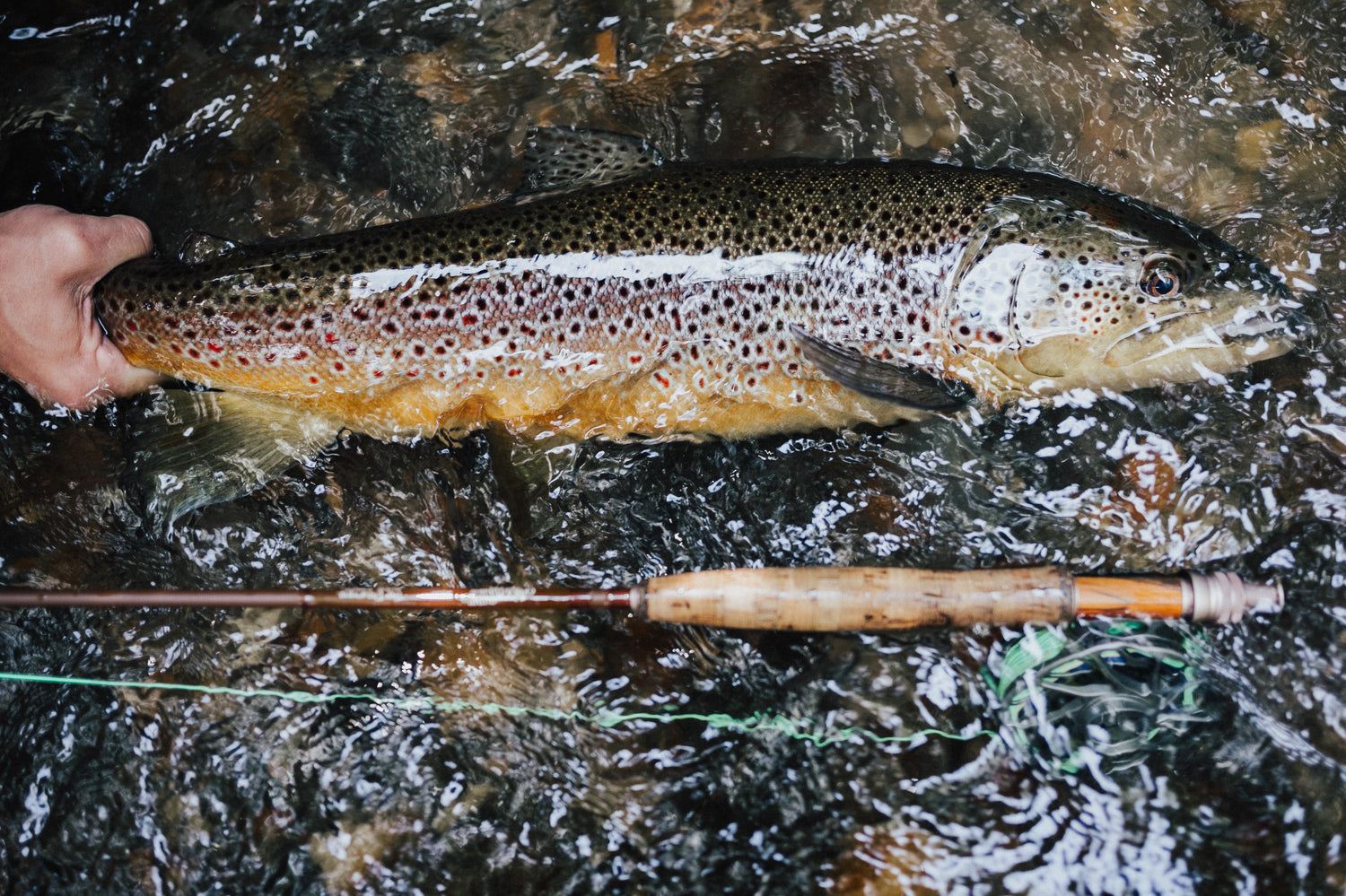
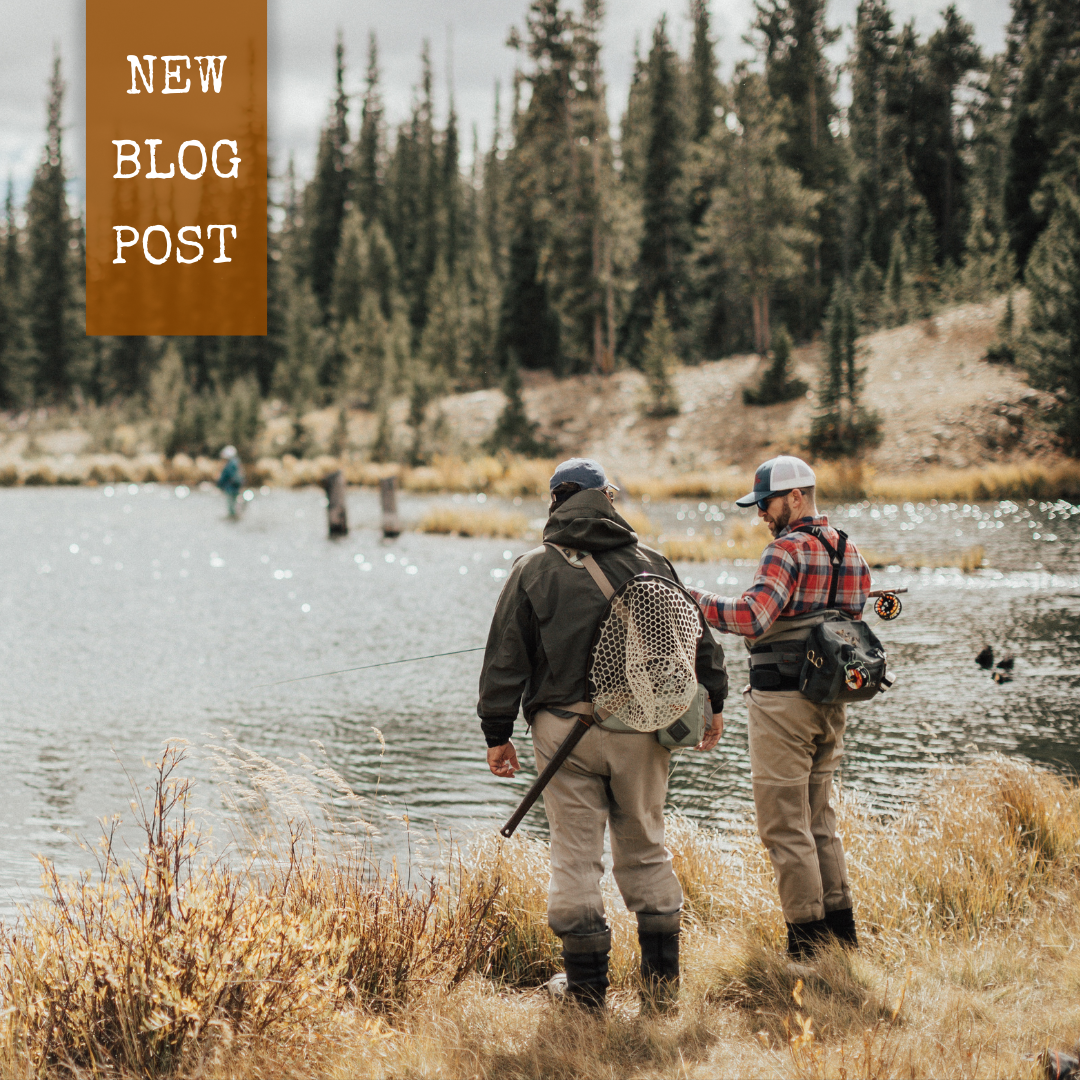
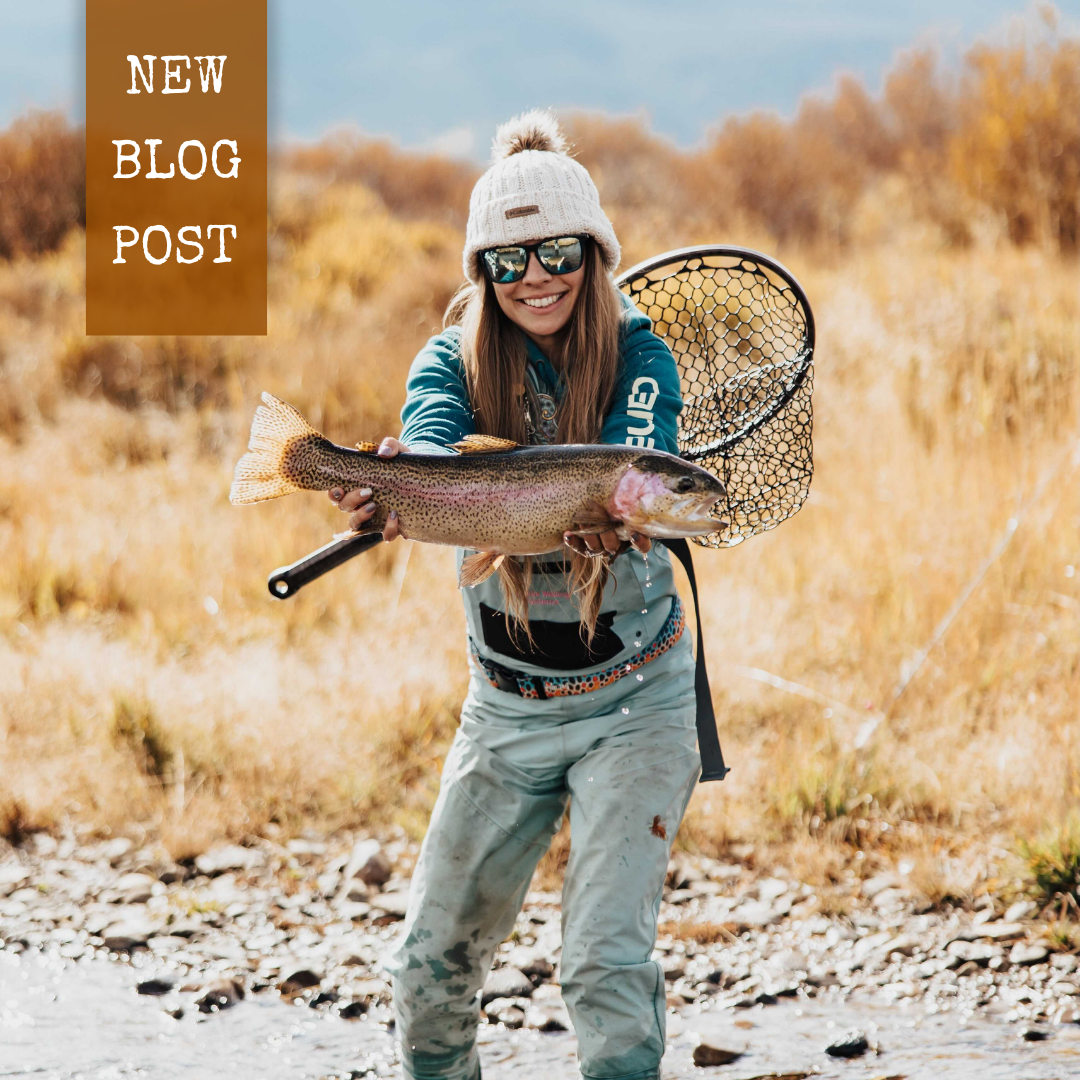
Leave a comment
All comments are moderated before being published.
This site is protected by reCAPTCHA and the Google Privacy Policy and Terms of Service apply.